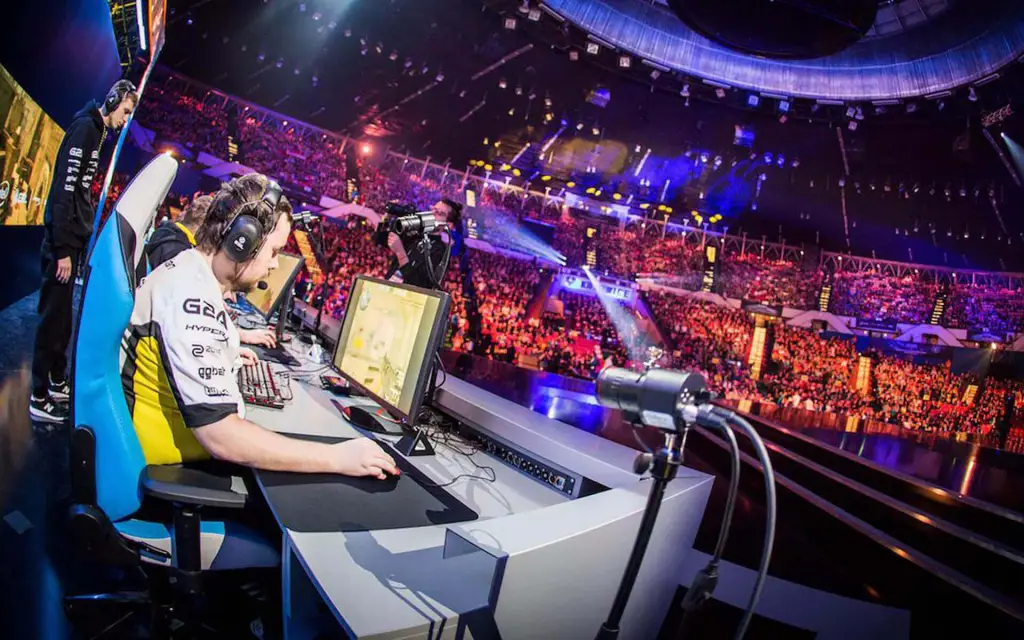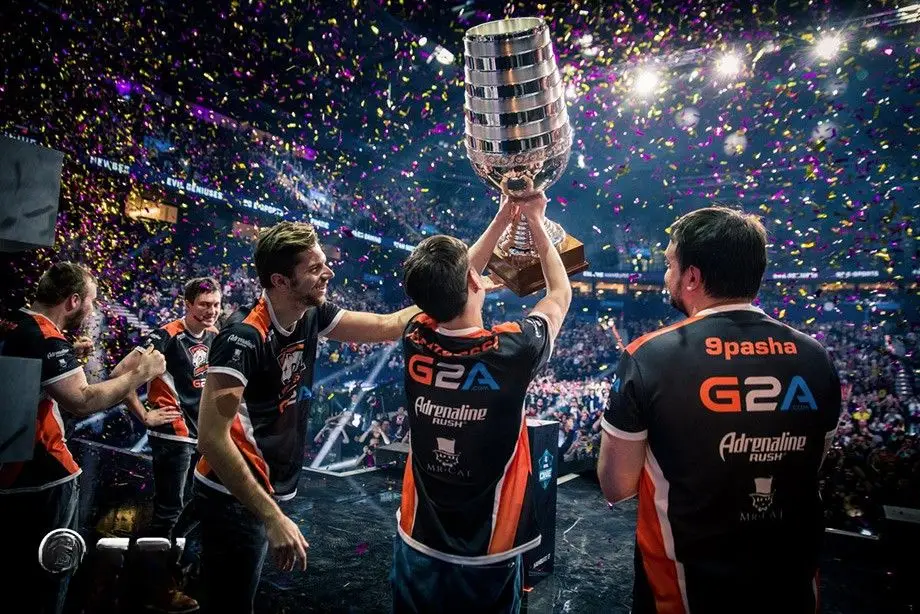The e-sports industry has evolved from an informal meeting place for fans to a precise system with clear rules, economics and analysis. Each season, the number of platforms where these bets are placed grows, increasing competition between analysts. Intuition no longer works. You need strategy, cold calculation and the ability to analyse multiple factors. Now learn how to make predictions in e-sports.
Fundamentals of match analysis: How to make predictions in e-sports
How to make predictions in e-sports is a question about the system of logical operations. The basic level involves evaluating the following parameters: the current target patch, the effectiveness of the strategy, the shape and motivation of the participants.
Relevance of the patch and goal
The meta defines the dominant tactics and mechanics used in the current match season. When a new patch is released, professional teams adjust their strategies. In Dota 2, changing the armour or respawn times of neutral creeps can change the balance. In CS:GO, even a microsecond of targeting time after an update affects the win rate. Predicting requires quick adaptation to target changes.
Analyse current form and motivation
Form indicators are determined by the last 5-7 games. Victories over higher-ranked opponents increase the chances of future success. Motivation, however, should not be ignored: even a strong team can underestimate lower-ranked opponents, often leading to ‘drawn out’ games in the tournament play-offs.
Team statistics: indicators that really work
 How to make correct predictions in e-sports means analysing team data and not relying on reputation or hype. Most wins are not based on big names, but on clear numbers.
How to make correct predictions in e-sports means analysing team data and not relying on reputation or hype. Most wins are not based on big names, but on clear numbers.
Interaction statistics
Accurate predictions in e-sports are based on synergy. The ratio of kills to deaths, the number of rounds completed until the 30th minute, the frequency of entering the slate game… all these affect the final result. League of Legends teams with a lot of dragon control win 68% of maps in major tournaments, for example.
Sustainability in the tournament format
Not all teams perform equally well in different formats: BO1, BO3 or BO5. In the BO1 format, randomness and instability make betting eSports predictions less reliable, while in BO5 the depth of strategy and ban-picks are better.
How to make the right eSports predictions: the influence of cards, roles and timing
Before making decisions, you need to have a good understanding of the game itself. In CS:GO, the win percentage per team varies drastically from map to map. On Inferno, a team can achieve 78% of wins, while on Vertigo it is only 31%. In Dota 2, players’ effectiveness depends heavily on roles and choices. A leader with a 62% win rate in Queen of Pain becomes ineffective if the enemy blocks spikes.
Position-based analysis reveals hidden patterns. In LoL, junglers who start battles in the first 8 minutes score 22% more wins than reactive junglers. Players who consistently cross the line and take a golden lead in the 10th minute form a powerful snowball effect.
Psychology and motivation: the hidden mathematics of losing
Ignoring motivation often leads to wrong conclusions. When a tournament starts, significant changes can occur within a team: disagreements between coach and captain, shaky morale due to defeats in personal life. This does not show up in the tables, but rather in the abnormal dynamics: less accuracy, more time to make decisions.
How can you make predictions in e-sports? Study the history of recent matches. This should be analysed in relation to the importance of the match. A defeat in a test match before a major tournament usually means a deliberate experiment, not a relegation. Only context can properly assess the situation and accurately determine the vector of the team’s subsequent behaviour.
Use of technology: automation and predictive models
Modern platforms automate analysis through machine learning. The programmes process thousands of rounds and highlight patterns that humans cannot pick up. At the same time, the technology does not override experts’ interpretation. The BayesNet prediction model processes data from 3,000 Dota 2 matches. The system takes into account synergy peaks, economy per minute, flexibility of strategies and even mental triggers such as the number of actions per minute in the first 5 minutes. Accuracy is 74%. However, the best results are obtained by combining AI and live scene insight.
How to make correct predictions in e-sports: Training
Making effective predictions is impossible without regular training. E-sports is evolving rapidly: every year the goal changes, new players and teams appear and tournament formats change. Only constantly updating knowledge ensures sustainable results.
- Key channels for analyst growth:
- Watch replays with up-to-date expert commentary.
- Subscribe to Telegram channels and Discord servers of teams.
- Participate in closed workshops on betting modelling.
- Study API platforms for uploading raw data.
Analysis of post-match interviews with coaches and players.
Betting strategies: risks, bankroll management and decision logic.
Often a wrong bet is not due to wrong analysis, but to wrong strategy. To understand how to make correct predictions in e-sports, bankroll management, odds selection and ignoring emotions – the key factors for success – will be of great help.
Basic betting rules
A correct strategy requires a formalised model and not a ‘hunch’. Using the Kelly system, you can calculate the odds of the bank bet according to the formula f = (bp – q)/b, where b is the probability of winning, p is the probability of winning and q is the probability of losing.
Example: a bet with an odds of 2.1, the odds are 60%. The formula gives the bet 14% of the bank. Mistakes occur when the strategy is violated: doubling the bet after losing (martingale), betting the whole amount on a ‘safe value’ and betting on your favourite team without analysing it.
Visual and contextual indicators in broadcasts
Analysis of broadcasts and behavioural dynamics offers a unique advantage. Experienced analysts read players’ status not by numbers, but by delayed reactions, reduced aggression at key moments and unusual behaviour on the map. In League of Legends, a player with concentration problems is more likely to make mistakes when farming and lose control of the bar. In CS:GO, such a player is delayed in rotation for a second, which is enough to lose the round. Fixing microscopic indicators increases the correctness of form assessment. It is impossible to understand how to make accurate predictions in e-sports if you ignore the psychological component of broadcasts.
Seasonality and tournament context
Studying cybersports predictions in isolation from the seasonal cycle is a deliberately flawed approach. All tournaments have a starting phase and a peak phase. Experienced teams hit form in the second week, while shaky teams have a brilliant start but lose momentum after a few losses.
In The International of Dota 2, Southeast Asian teams won the group stage 4 years in a row, but were systematically eliminated in the playoffs by European teams. The reason is not the level of play, but mental preparation, training camp build-up and the difference in training approach. You cannot take these details into account without delving into the context of the tournaments.
Similarly, in CS:GO IEM Cologne traditionally remains difficult for teams from the US – adjusting to the time zone, the unfamiliar style of play of the Europeans, the pressure of the venue all affect the result. These variables are crucial for betting purposes.
Case study analysis: Dota 2 case study
Tournament: ESL One. Match: OG vs Tundra. Parameters:
- OG – updated roster, win rate with current patch: 43%.
- Tundra – stable peak, 66% win rate in last 15 matches.
- Strategy analysis: OG often used the Timbersaw + Oracle combo in the outer lane, but patch 7.35 reduced Oracle’s effectiveness by 12%.
- Tundra updated ban list: Removed Timbersaw in the first phase.
- OG Motivation: ESL One participation earns a spot in the Riyadh Masters; Tundra already has an invite.
Prediction: Tundra wins 2-0 with odds of 2.4. Conclusion: The bet is confirmed and the result matches the prediction. This is how logic works, if you understand how to predict cybersport according to the model: strategy + form + motivation + patch relevance.
Conclusion
 How do you make predictions about cybersports? It is a technical task. The combination of dry statistics, visual analysis, reading patches, understanding goal scoring, psychology, motivation, form and tournament specificities form a balanced system of decisions. Betting works in tandem with logic. Only discipline, in-depth data, real-world observations and constant learning produce results. Cybersport analysis is not based on hearsay, but on testing hypotheses, updating information and critical thinking.
How do you make predictions about cybersports? It is a technical task. The combination of dry statistics, visual analysis, reading patches, understanding goal scoring, psychology, motivation, form and tournament specificities form a balanced system of decisions. Betting works in tandem with logic. Only discipline, in-depth data, real-world observations and constant learning produce results. Cybersport analysis is not based on hearsay, but on testing hypotheses, updating information and critical thinking.
 en
en  de
de  ar
ar  es
es  nl
nl  hi
hi  fr
fr  it
it  pt
pt  el
el 










